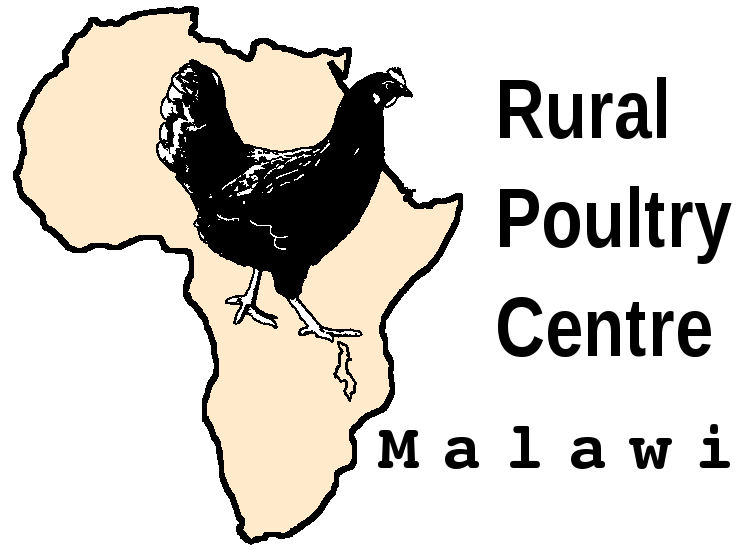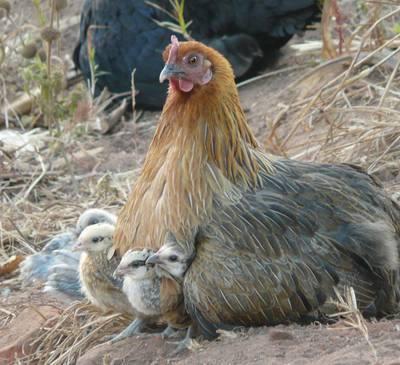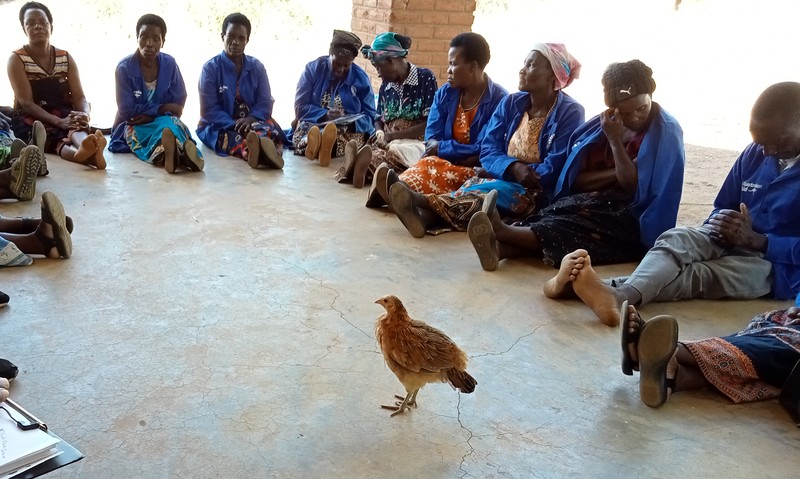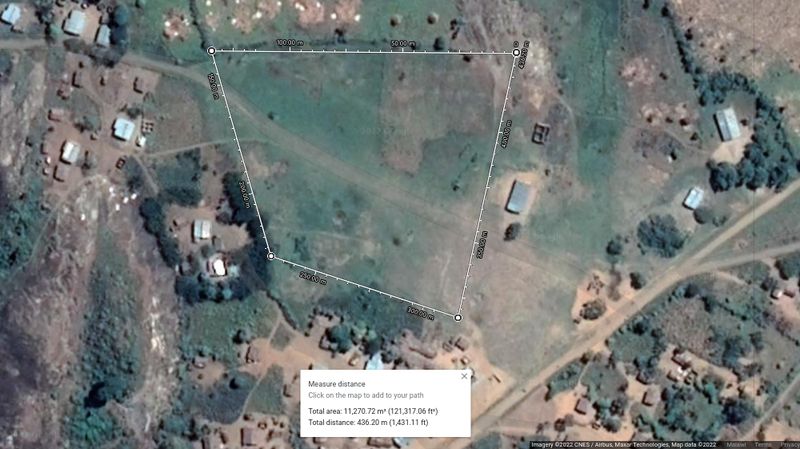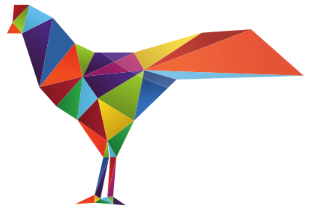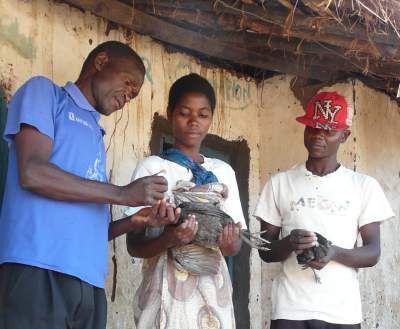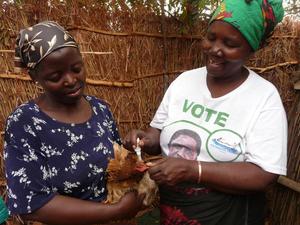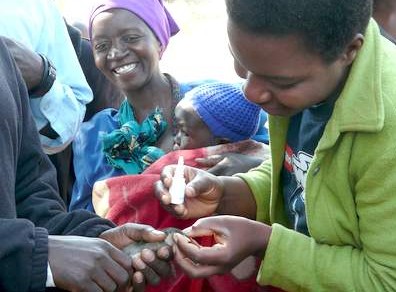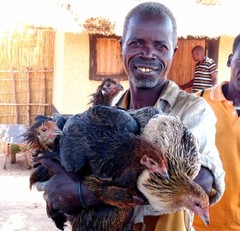What's happening...
Dr Robyn Alders - another gem for progress
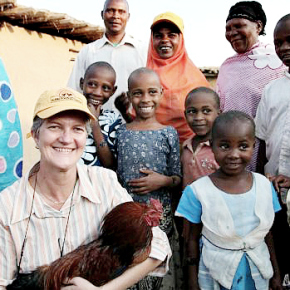
Robyn Alders with some beneficiaries of her work
"When we think of vaccinations, we normally think of humans. But domesticated animals also require vaccines, and village poultry tend to be owned by poor, female villagers. Protect village chooks, and you are empowering African women. This is the insight that ignited and has sustained Robyn Alders' career-long drive to see village poultry in Africa immunised against their main enemy, Newcastle disease."
This quote is from a story about Robyn Alders which I find quite inspiring. The full story is told here on the ANU Development Policy Centre's web site. It was also published recently in the Canberra Times. I'm just passing it on because it is a well written account about what I think is a very important subject. It is also a story which had a big influence on the emergence of the Rural Poultry Centre. That story is told in more detail here.
And yet there's more. Robyn Alders subsequently sent me the following comments, which fill in some blanks and which I find fascinating:
I recently sat down to think about my contributions to the ND control work. So to what did happen, here it is as best I can remember:The initial research and development activities on the control of ND in village chickens in SE Asia, led by Professor Peter Spradbrow, had found that 50-60% of household flocks would survive an ND outbreak when the thermo-tolerant ND vaccine was administered via feed on a monthly basis. The feed that caused least inactivation of the vaccine virus was found to be parboiled white rice. When I commenced on research on ND control in Mozambique in 1996, it was considered the poorest country in the world, falling at the bottom of the United Nations Human Development Index. There was little hope that food insecure households would be willing to feed white rice (the food of rich people!) to their chickens. In addition, monthly administration would increase the distribution and administration costs and, worst of all, if only 50% of birds survived, farmers would be unsure of the vaccine's efficacy. In response to this situation, I led the design and implementation of vaccine laboratory and field trials, cold chain and social research that yielded the following results:
Administration of the thermo-tolerant ND vaccine by community vaccinators via eye drop every 4 months would provide 80-90% protection in household village chicken flocks; results that built farmer confidence (Alders 2009);
Participatory epidemiology methodologies could be used to determine the best months during the year to implement vaccination campaigns (Alders and Spradbrow 2001; Alders, dos Anjos, Bagnol, Fringe, Lobo, Mata and Young 2005);
Explaining the thermo-tolerance of the vaccine at the community level was best divided into temperatures (i) between 9 and 30 °C and (ii) over 30 °C (Alders, dos Anjos, Bagnol, Fumo, Mata and Young 2003);
Evaporative cooling (wrapping the vaccine in a damp cloth inside an open weave basket) could be used to store the vaccine under 30 °C in the field (Alders, dos Anjos, Bagnol, Fumo, Mata and Young 2003);
Farmers were willing to pay community vaccinators a fee per bird once they believed in the efficacy of the vaccine (Alders 2009); and
The differing literacy levels between male and female farmers influenced their ability to interpret two dimensional illustrations in addition to written text (Alders and Bagnol 2007)."
Enough. I hope you enjoy the tale. Simple yes, but so significant, especially in regard to our work here!
Pat Boland
7 March 2016


